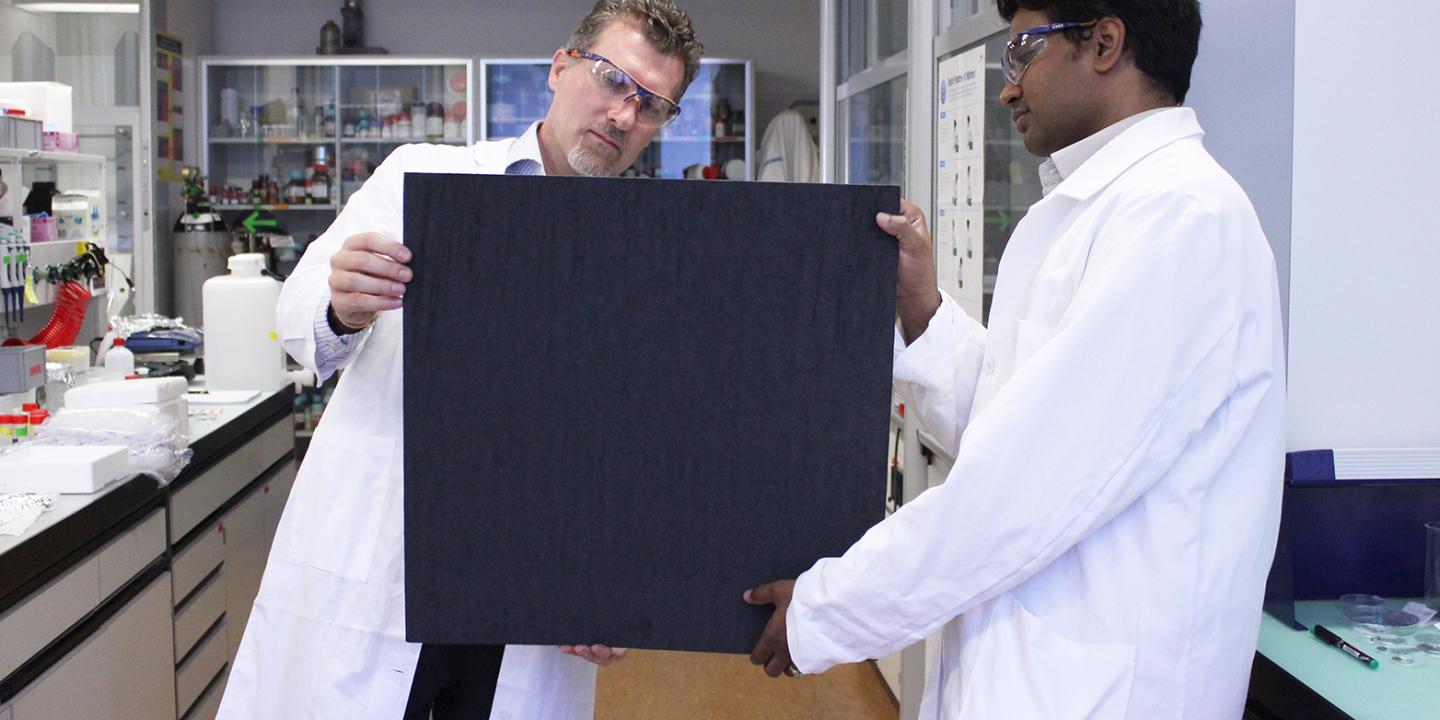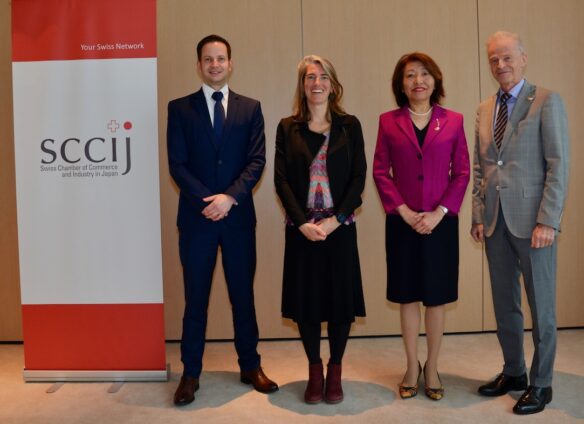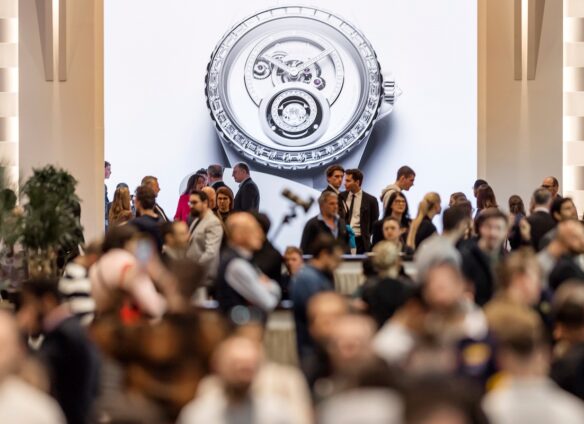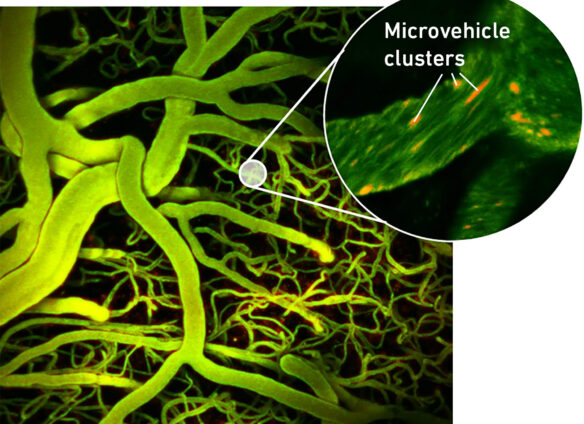Tokyo (SCCIJ) – For years, Japan has been discussing how the Fukushima Daiichi nuclear power plant could deal with about 1.2 million tons of contaminated cooling and groundwater. Scientists at the Swiss Federal Institute of Technology in Zurich (ETH Zurich) have found a solution – a fairly simple filter membrane.

Raffaele Mezzenga and Sreenath Bolisetty present an example of their filter membrane (© Mezzenga Lab / ETH Zurich).
Radioactive isotopes
“If they used our filter (in Fukushima), they wouldn’t need to (discharge it into the ocean),” says Raffaele Mezzenga, Professor of Food & Soft Materials at ETH Zurich. It was four years ago that he and his Senior Scientist Sreenath Bolisetty unveiled their invention of a membrane made primarily of denatured whey protein and activated carbon.
At the time, the researchers demonstrated how efficiently their product removes heavy metals, some radioactive elements such as uranium, and precious metals such as gold or platinum from water. Now, Mezzenga and Bolisetty have used their membrane to purify hospital effluents contaminated with the radioactive elements iodine-131 and lutetium-177.
Hospital test run
The study’s co-author Bolisetty co-founded BluAct Technologies GmbH is now preparing a pilot project with a Swiss hospital that is keen to test the filtration of radioactive effluents. He is confident that the project will soon be up and running. Negotiations are currently underway to establish a safe way to implement the filters.
Bolisetty is also negotiating with a Japanese company involved in the Fukushima clean-up operation about using the filter membrane to treat a sample of the contaminated water. He aims to find out whether it reliably removes most of the radioactive elements and whether it is suitable for treating large volumes.
Effective on a broad scale
Based on the results of their current study, ETH Professor Mezzenga believes the product has what it takes. “The filter membrane eliminates radioactive isotopes on a broad scale,” he says. In principle, all radioactive isotopes in the periodic table that lie between the extremes tested, for example, technetium and uranium, bind to the membrane.
These include radioactive cesium, iodine, silver, and cobalt, all of which are present in the water leaked from Fukushima. Large quantities of tritium are also present; this may be the only element that will likely not bind to the membrane because it might be too small.
“If our assumption is correct, the filter membrane could massively reduce the volume of wastewater in Fukushima, meaning that no radioactive water would have to go into the Pacific Ocean,” Bolisetty says. He explains that the nuclear plant operator can store the saturated used filters in the same place as used fuel rods.
The manufacturing of the membrane is quite simple. The whey protein used is a waste product of the dairy industry, cheap and available everywhere. The activated carbon component is also readily available. “I’m positive that Japan could start using the filter membrane right now and, in doing so, solve a serious environmental problem,” Bolisetty says.
Text: SCCIJ with material of ETH Zurich





























